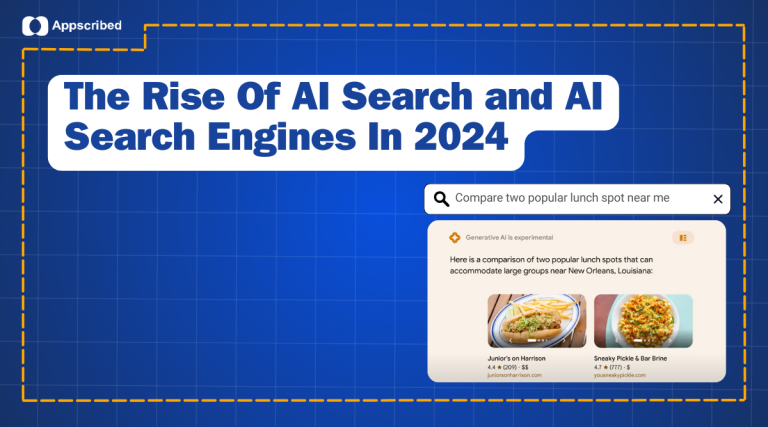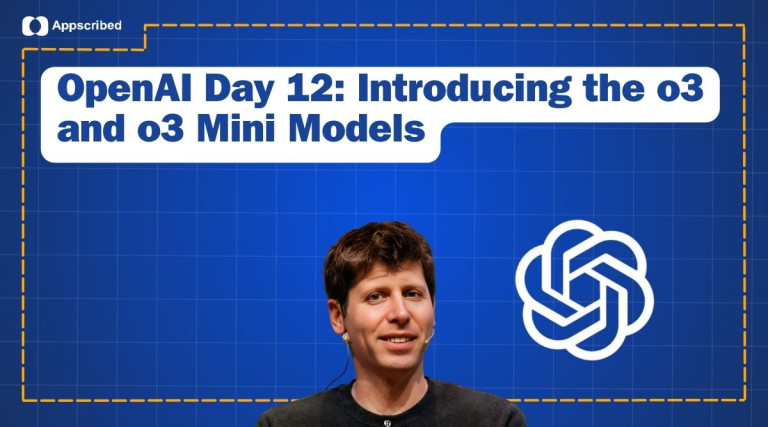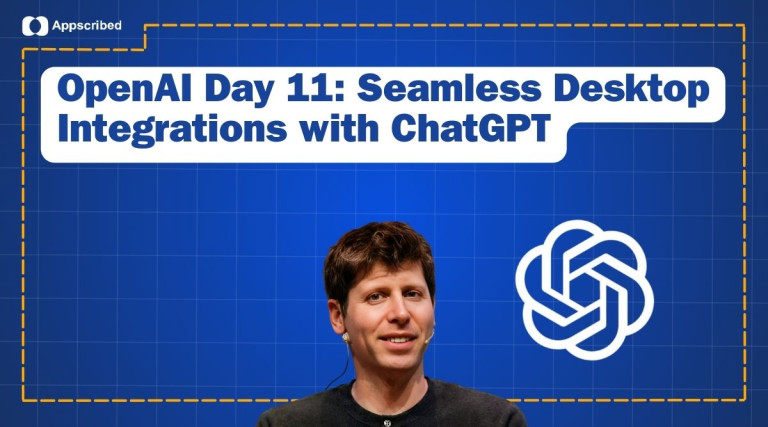OpenAI’s GPT-4o and o1 models (including o1-mini and o1-preview) represent two powerful approaches to AI-driven reasoning and language tasks. While GPT-4o excels in natural language processing, o1 is designed to tackle complex reasoning tasks like math, coding, and science through chain-of-thought reasoning. These models cater to different needs: o1 is often better suited for logical tasks, while GPT-4o shines in creative content generation and language-heavy tasks.
In this article, we’ll compare these models across their features, use cases, pricing, and more, to help you decide which is best for your requirements.
Overview of GPT-4o

GPT-4o is optimized for general-purpose language tasks and excels at handling a wide range of queries. It offers fast responses, good memory retention, and is capable of both text and multimodal processing (text + image). For most users, it remains the go-to model for generating high-quality language outputs efficiently.
Key Features:
- Faster Processing: Optimized for quick and efficient responses.
- Multimodal Capabilities: Can process both text and images, making it versatile.
- Memory and Retention: Maintains context over longer conversations, making it ideal for extended interactions.
- Best For: Language-focused tasks such as creative writing, summarizing, and general conversational queries.
Overview of OpenAI o1

OpenAI o1 is designed with advanced reasoning in mind, excelling in tasks like coding, math, and logical problem-solving. The o1-preview and o1-mini models add flexibility, offering either a more affordable or more efficient option, depending on the user’s needs.
Key Features:
- Chain-of-Thought Reasoning: Breaks down complex tasks into smaller steps to improve reasoning capabilities.
- Reasoning-Centric Tasks: Performs exceptionally well in math, science, and coding benchmarks.
- Coding and Problem Solving: Achieves high scores in competitive coding environments like Codeforces and math competitions like AIME.
- Best For: STEM-based tasks, coding, logic-heavy problem solving, and technical fields.
Feature Comparison: GPT-4o vs o1
| Feature | GPT-4o | OpenAI o1 (o1-mini & o1-preview) |
|---|---|---|
| Processing Speed | Fast and responsive | Slower, due to chain-of-thought reasoning |
| Multimodal Capabilities | Yes, supports text + images | No, primarily text-based reasoning |
| Memory and Context | Maintains context well in long conversations | Limited context retention; focuses on reasoning |
| Chain-of-Thought Reasoning | Basic | Advanced, ideal for complex reasoning |
| Best Use Cases | Language generation, summarizing, and creativity | Math, coding, science, and logical reasoning |
| API & Access | More cost-effective for text-heavy outputs | More expensive due to advanced reasoning |
Use Cases
GPT-4o is Ideal For:
- Creative Professionals: Writers, bloggers, and content creators who need fast, efficient generation of creative content, including stories, articles, and marketing copy.
- General Conversational AI: Perfect for handling day-to-day tasks, such as summarizing information, answering questions, or providing feedback on user-generated content.
- Developers Seeking Multimodal Capabilities: For tasks that involve processing both text and images, GPT-4o’s multimodal support makes it the better choice.
OpenAI o1 is Ideal For:
- STEM Researchers and Coders: The o1 series excels in reasoning-heavy domains like coding, math, and scientific problem-solving. It’s been proven to outperform GPT-4o in coding competitions and complex logic tests.
- Advanced Problem Solvers: If your work involves logical puzzles, data analysis, or breaking down intricate problems into multiple steps, o1’s chain-of-thought reasoning is far superior.
- Academic Use: High accuracy in math and coding benchmarks makes it a great fit for those involved in technical or academic research.
Pricing and Availability
| Model | Cost per Million Input Tokens | Cost per Million Output Tokens | Notes |
|---|---|---|---|
| GPT-4o | $5.00 | $15.00 | Best suited for general use |
| GPT-4o Mini | $3.00 | $12.00 | More cost-effective, ideal for lighter tasks |
| OpenAI o1 | $15.00 | $60.00 | Expensive, but excellent for reasoning tasks |
| OpenAI o1-mini | $3.00 | $12.00 | Affordable, optimized for STEM tasks |
Also Read:
ChatGPT Canvas vs. Claude Artifacts: An In-Depth Comparison
ChatGPT-4 Vs 4o: An In-Depth Comparison
Conclusion: Which One Should You Choose?
If your primary need revolves around general language processing, fast outputs, and multimodal tasks, then GPT-4o or its mini version is likely the best fit. Its strengths lie in handling creative and conversational tasks with speed and efficiency.
However, if you are working in STEM fields or require an AI model capable of handling complex reasoning tasks like coding, math, and science, the OpenAI o1 series (especially o1-mini) is a better fit. While more expensive, o1’s chain-of-thought reasoning allows it to break down and solve detailed, logical problems more effectively
For most users, the choice will come down to whether they need speed and versatility (GPT-4o) or reasoning precision (o1).
What is o1 preview limit?
The OpenAI o1-preview model has a weekly limit of 30 messages for users subscribed to the ChatGPT Plus plan. As for the o1-mini version, it offers a higher limit of 50 messages per week, providing more flexibility for users who need additional requests .













